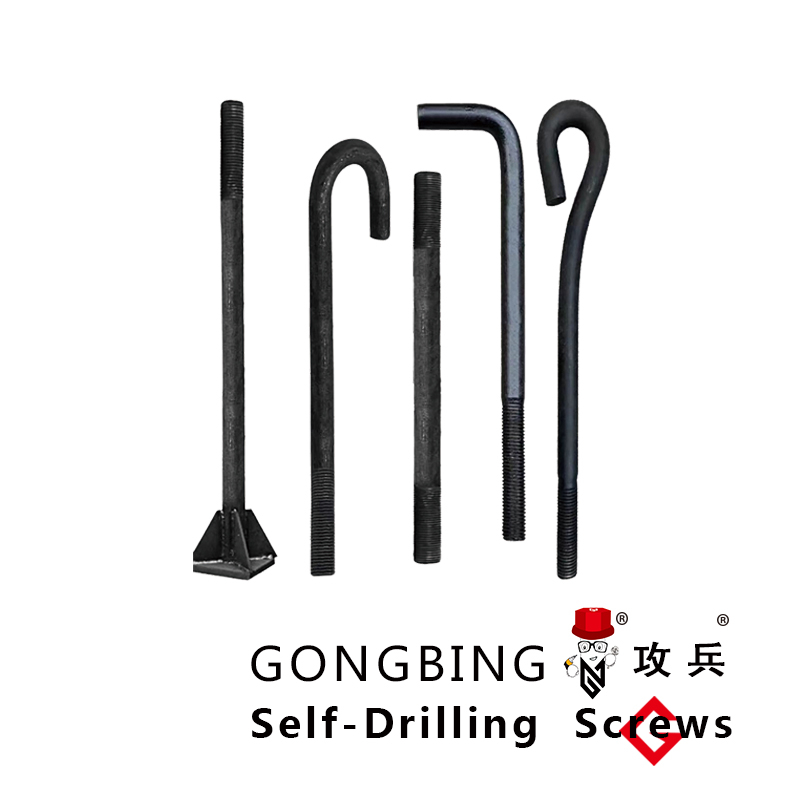Versatile M8 Chemical Anchors for Reliable Construction and Structural Applications
Understanding M8 Chemical Anchors A Comprehensive Guide
When it comes to construction and engineering, ensuring that components are securely fastened is paramount. One of the most effective solutions for this is the use of chemical anchors, particularly M8 chemical anchors. In this article, we will delve into what M8 chemical anchors are, their applications, advantages, and installation process.
What are M8 Chemical Anchors?
M8 chemical anchors are fasteners that utilize a chemical adhesive to bond with the base material—usually concrete. The M8 designation refers to the diameter of the bolt, which is 8 millimeters. These anchors consist of a steel bolt and a resin or epoxy compound that cures to form a strong bond. This combination allows for the secure anchoring of various elements, such as structural beams, barriers, and machinery.
Applications of M8 Chemical Anchors
The versatility of M8 chemical anchors makes them suitable for a range of applications, including
1. Construction M8 chemical anchors are widely used in constructing buildings, bridges, and highways. They provide the necessary strength and reliability for heavy load-bearing applications.
2. Infrastructure Projects In civil engineering, these anchors are essential for securing road signs, traffic lights, and other infrastructure elements to ensure public safety.
3. Industrial Settings M8 anchors can be used in factories and warehouses to secure machinery, equipment, and shelving systems, contributing to a more organized and safe workspace.
4. Home Improvement For DIY enthusiasts and professionals alike, M8 chemical anchors can be leveraged to install fixtures such as shelves, cabinets, and even outdoor furniture.
Advantages of M8 Chemical Anchors
M8 chemical anchors offer several advantages over traditional mechanical fasteners
1. High Load Capacity The chemical bond created by the resin allows M8 anchors to bear significant loads and stresses, making them ideal for critical applications.
m8 chemical anchors

2. Versatile Usage They can be used in a wide variety of base materials, including concrete, brick, and stone, which makes them incredibly versatile.
3. Resilience to Weather Chemical anchors are often formulated to withstand harsh environmental conditions, including moisture and temperature fluctuations. This weather resistance ensures that the anchors maintain their integrity and bond over time.
4. Reduced Risk of Cracking Unlike mechanical anchors, which can exert tension on the base material during installation, chemical anchors distribute stress more evenly, reducing the risk of cracking in the surrounding material.
Installation Process
Installing M8 chemical anchors involves several key steps
1. Preparation Ensure that the surface where the anchor will be installed is clean, dry, and free from any debris or contaminants.
2. Drilling the Hole Use a hammer drill to create a hole of appropriate diameter and depth for the M8 anchor.
3. Cleaning the Hole It’s essential to clean the hole thoroughly after drilling. This can be done using a blowout pump or a brush to remove dust and debris, which could interfere with the bond.
4. Injecting the Resin Using a caulking gun, inject the chemical adhesive into the hole. Be sure to fill it adequately, taking care not to create air pockets.
5. Inserting the Anchor Insert the M8 bolt into the resin-filled hole while giving it a slight twist to ensure an even distribution of adhesive.
6. Curing Time Allow the adhesive to cure based on the manufacturer's specifications before applying any loads.
Conclusion
M8 chemical anchors represent a reliable and robust fastening solution in today’s construction and industrial sectors. Their high load capacity, versatility, and ease of installation make them a preferred choice for engineers and builders alike. Understanding the features and applications of M8 chemical anchors can empower professionals and DIY enthusiasts to make informed decisions, enhancing the safety and durability of their projects.
-
Weatherproof Plastic Expansion Anchors for OutdoorNewsJun.06,2025
-
Sustainability in the Supply Chain: Eco-Friendly TEK Screws ProductionNewsJun.06,2025
-
Load-Bearing Capacity of External Insulation FixingsNewsJun.06,2025
-
Double Head Bolts: Enhancing Efficiency in Industrial MachineryNewsJun.06,2025
-
Corrosion Resistance in Chipboard Screws: Coatings for Wholesale DurabilityNewsJun.06,2025
-
Butterfly Toggle Bolts : Enhancing Structural ResilienceNewsJun.06,2025
